20 Cultural Moments That Shaped the ’90s
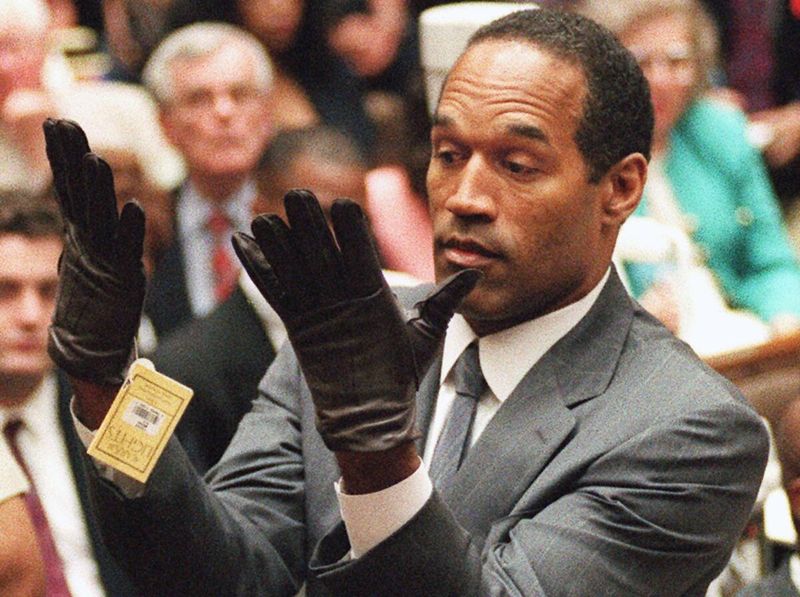
The 1990s were more than a time of dial-up modems and butterfly clips—they were a cultural turning point that defined how we live, think, and consume media today. It was a decade fueled by massive social shifts, new technologies, iconic fashion, and unforgettable moments in pop culture. From the courtroom to the concert stage, these cultural touchstones helped shape a generation. Whether you grew up in the era or just love a dose of nostalgia, these 20 moments explain why the ’90s remain one of the most iconic decades in recent memory.
1. The Rise of Grunge Music and Nirvana
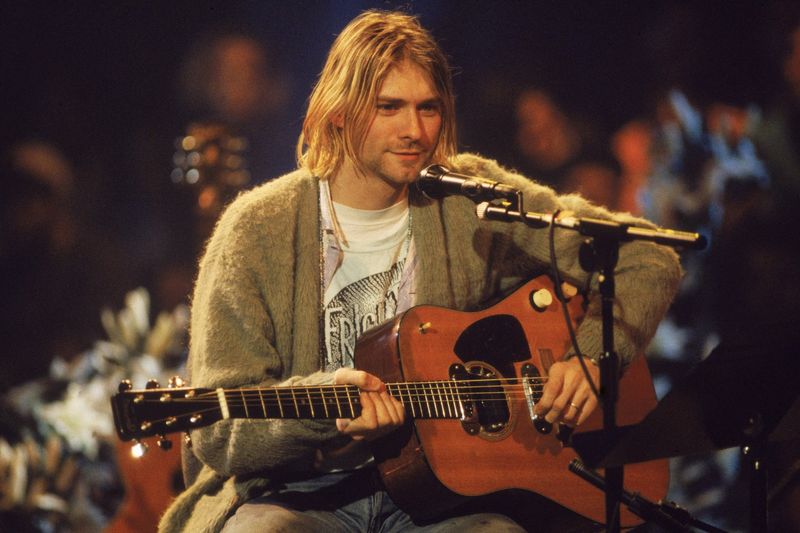
When Nevermind dropped in 1991, the music scene shifted dramatically. Nirvana didn’t just release an album—they detonated a cultural bomb. The polished, glammy sound of the ’80s gave way to raw, emotional, and unapologetically gritty tracks that captured the angst of a new generation.
Grunge wasn’t just music—it was a lifestyle. Ripped jeans, flannel shirts, and unwashed hair became style statements. Bands like Pearl Jam and Soundgarden followed Nirvana’s lead, but Kurt Cobain remained the reluctant face of a movement that told millions of young people: it’s okay to feel lost.
2. The O.J. Simpson Trial (1995)
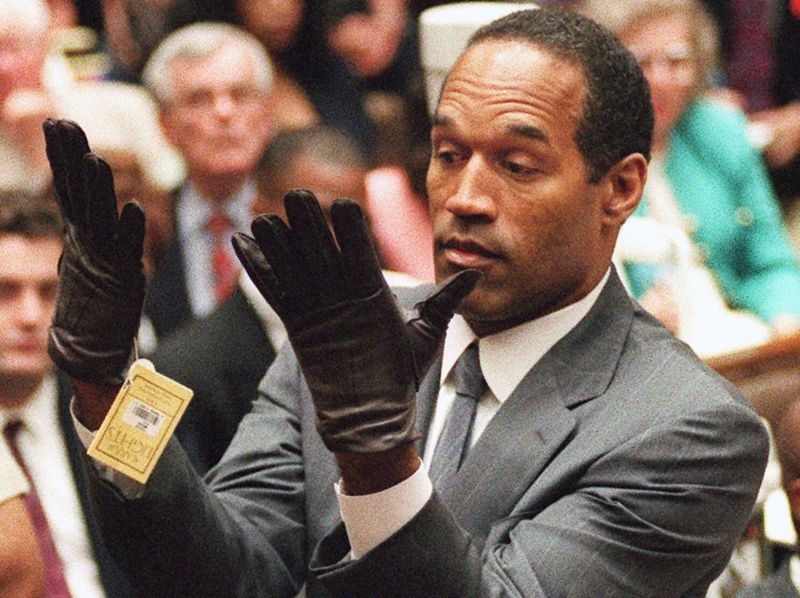
Few events captivated America like the O.J. Simpson trial. Broadcast live on television, it blurred the line between courtroom drama and primetime entertainment. The slow-speed Bronco chase, the celebrity lawyers, and the “If it doesn’t fit, you must acquit” line became national obsessions.
But underneath the spectacle was a serious dialogue on race, justice, and privilege. For many, the trial wasn’t just about guilt or innocence—it was about what the verdict said about America itself. Over 150 million people watched the outcome, making it one of the most-watched moments in TV history.
3. The Launch of the World Wide Web (1991–1993)
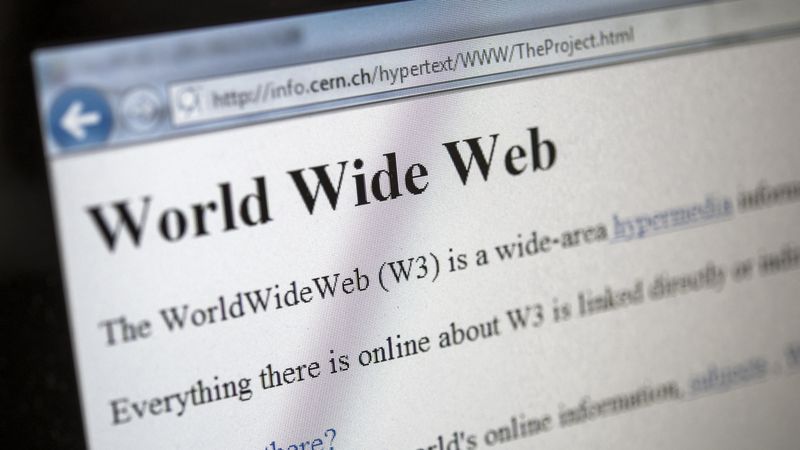
By the early 1990s, the internet was no longer just a nerd’s playground—it was becoming a global game-changer. The World Wide Web’s launch gave everyday people access to information, communication, and entertainment in ways previously unimaginable.
Suddenly, chat rooms, personal websites, and early e-commerce exploded. Businesses scrambled to get online, and search engines like Yahoo! and AltaVista began to organize the chaos. It set the stage for the digital age we now live in, forever transforming how we connect with each other—and with the world.
4. The Death of Princess Diana (1997)
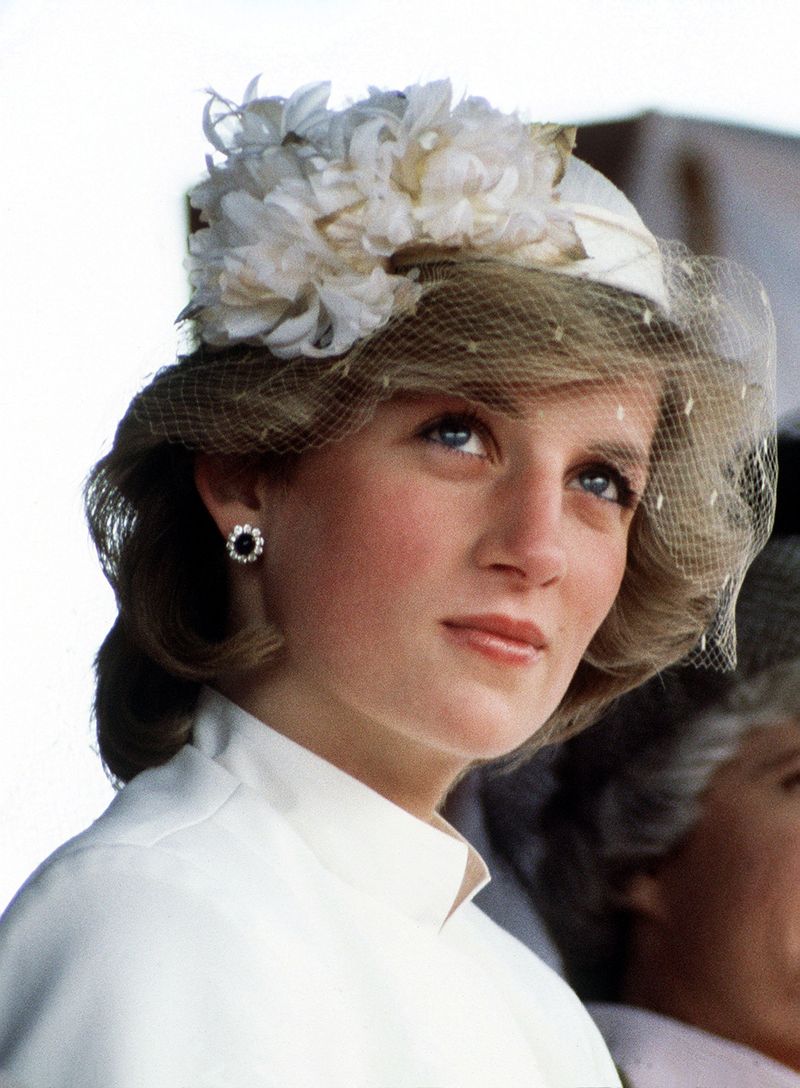
The world stood still when news broke that Princess Diana had died in a car crash in Paris. More than just a royal, she was a global icon of kindness, compassion, and modern womanhood. Her death triggered a massive outpouring of grief, especially in the UK.
Beyond mourning, Diana’s passing brought a sharp focus on media ethics. Many blamed the aggressive pursuit of paparazzi for the tragedy. The public backlash against tabloid culture was swift, forcing newspapers and magazines to rethink their approach to celebrity coverage.
5. The Premiere of Friends (1994)
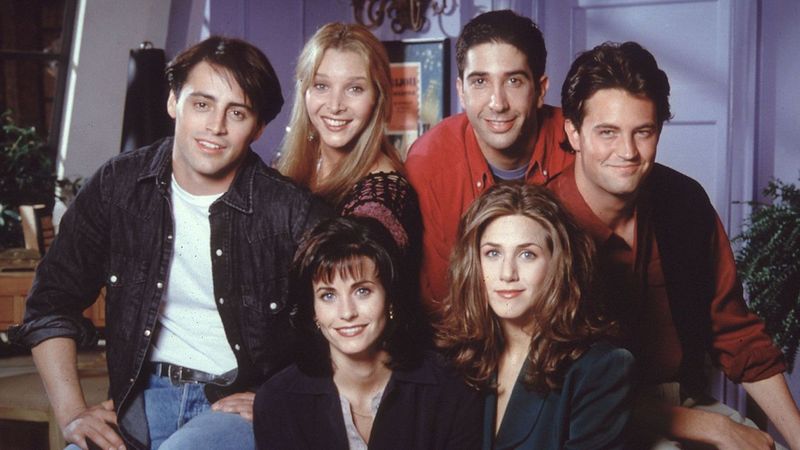
What began as a simple sitcom about six twenty-somethings in New York quickly became a defining television event. Friends debuted in 1994 and went on to become one of the most beloved and quoted shows of all time.
The series gave us “We were on a break!” and “How you doin’?” and turned its cast into household names. But more than laughs, it offered a comforting portrayal of chosen family during a time when many young adults were moving away from traditional norms.
6. The Clinton-Lewinsky Scandal and Impeachment (1998–1999)
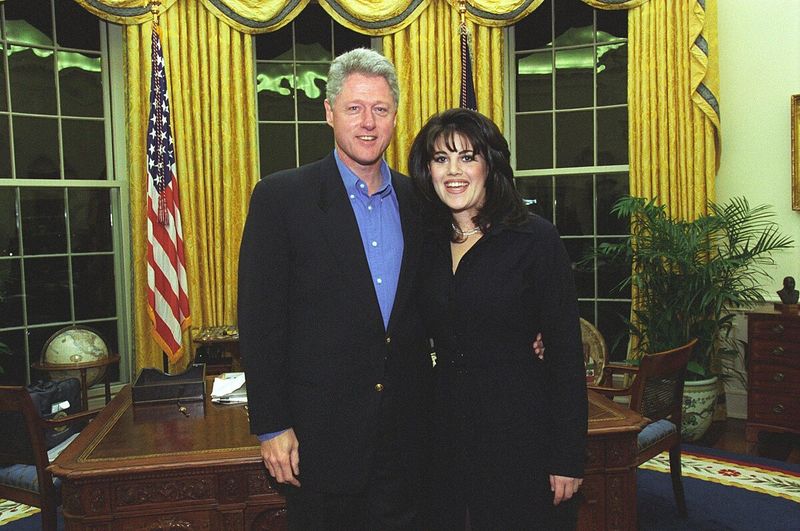
A scandal involving the President and a White House intern became the defining political drama of the late ’90s. When news broke about Bill Clinton’s affair with Monica Lewinsky, the nation was riveted, and the media ran with it 24/7.
It wasn’t just about politics—it was about the blurring of private and public life. The subsequent impeachment trial showcased how partisan American politics had become. It also marked the start of the internet-fueled gossip era, where scandal spread instantly and reputations could be permanently damaged overnight.
7. The Explosion of Hip-Hop into the Mainstream

Hip-hop moved from the streets to the suburbs during the ’90s, becoming a dominant cultural and commercial force. Artists like Tupac Shakur and The Notorious B.I.G. didn’t just make music—they told stories that resonated with millions.
The East Coast–West Coast rivalry brought both fame and tragedy, but it also brought attention to the genre’s depth and diversity. By the end of the decade, hip-hop was no longer underground—it was everywhere. From MTV to Madison Avenue, rap culture influenced fashion, language, and identity in profound ways.
8. Y2K Panic
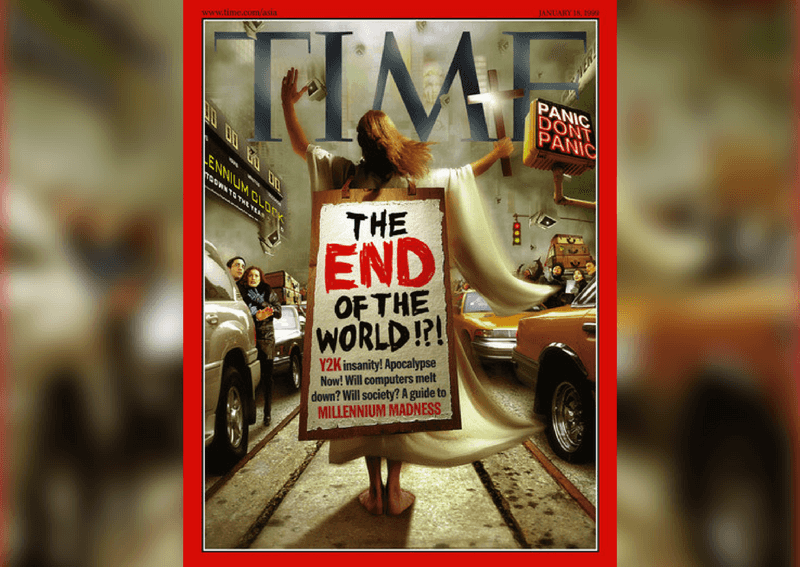
As the new millennium approached, a widespread fear swept across the globe. People believed that computer systems would crash when the year flipped from 1999 to 2000, potentially triggering everything from blackouts to financial collapse.
Governments, corporations, and IT teams scrambled to update systems and reassure the public. While the crisis never materialized, the panic showed how deeply technology had become integrated into our lives. Y2K became one of the first mass tech scares, illustrating both our dependence on and fear of the digital world.
9. The Release of Titanic (1997)
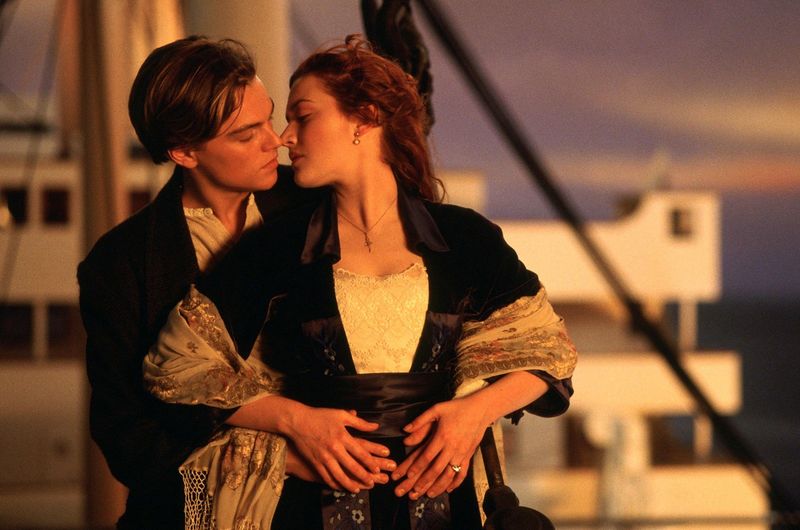
James Cameron’s Titanic wasn’t just a film—it was a cultural juggernaut. With unforgettable performances, a sweeping love story, and groundbreaking special effects, it captured hearts around the world and earned over $2 billion at the box office.
The movie’s impact was massive. Celine Dion’s “My Heart Will Go On” became an anthem, and Leonardo DiCaprio was launched into superstardom. More than that, it showcased how a single story could captivate a global audience and reignite interest in historical events through cinematic storytelling.
10. The Dot-Com Boom
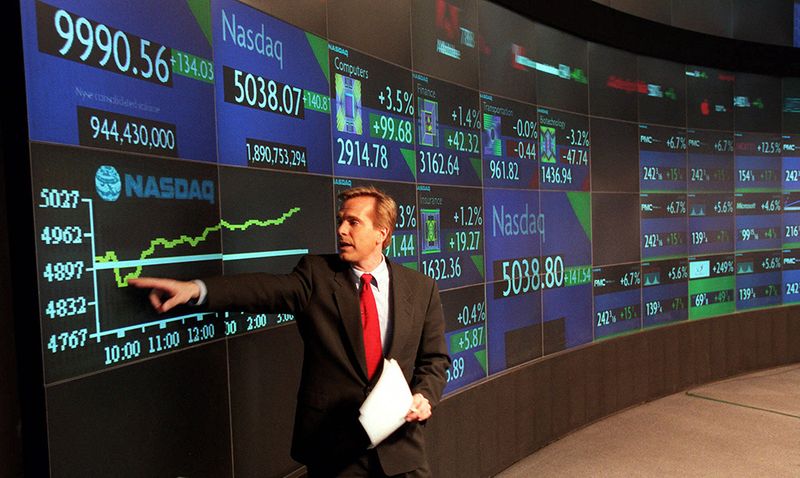
Suddenly, everyone wanted in on the internet gold rush. Throughout the late ’90s, tech startups raised billions based on little more than a domain name and a big idea. Venture capital flowed, IPOs surged, and Silicon Valley became the new Wall Street.
The boom wasn’t just financial—it symbolized optimism and disruption. Companies promised to “change the world,” and even traditional industries began going digital. Though the bubble would burst in the early 2000s, the infrastructure and ambition laid down during this period still shape today’s tech landscape.
11. Michael Jordan’s 1990s Dominance
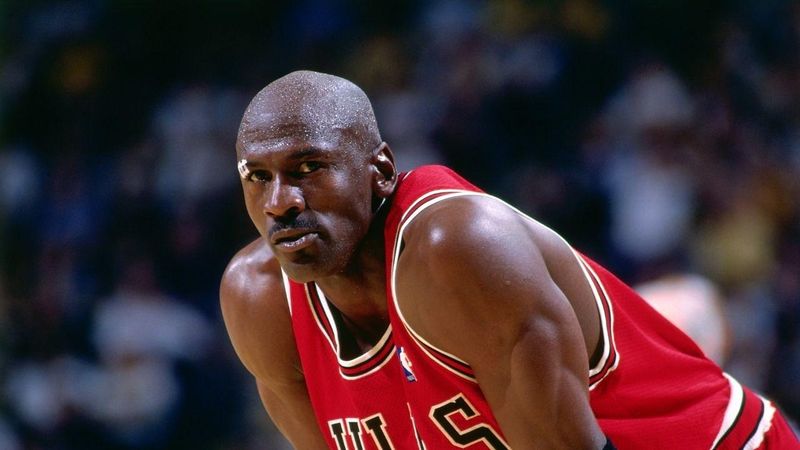
Basketball wasn’t just a sport in the ’90s—it was a Michael Jordan showcase. With six championships and countless iconic moments, he elevated the NBA into a global phenomenon. His drive, flair, and clutch performances made him a household name worldwide.
Jordan’s influence extended off the court. His Air Jordan sneakers became must-have items, and his endorsements set a new standard for athlete branding. He helped make sports entertainment, and himself, into a billion-dollar brand—and proved athletes could be global influencers long before social media.
12. The Birth of Reality TV with The Real World (1992)
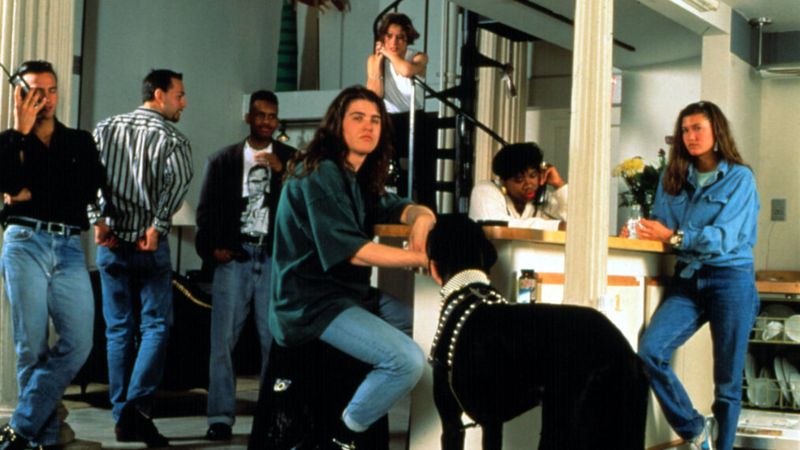
Before Survivor or Big Brother, there was MTV’s The Real World. It took seven strangers, put them in a house, and filmed their daily lives—pioneering a format that would dominate television for decades.
It offered viewers a raw, unscripted look at youth culture, addressing serious topics like AIDS, race, and addiction. While early seasons were praised for their authenticity, the show also set the template for manufactured drama that would later define the genre. Either way, reality TV was born—and it was here to stay.
13. The Rise of AOL and Instant Messaging
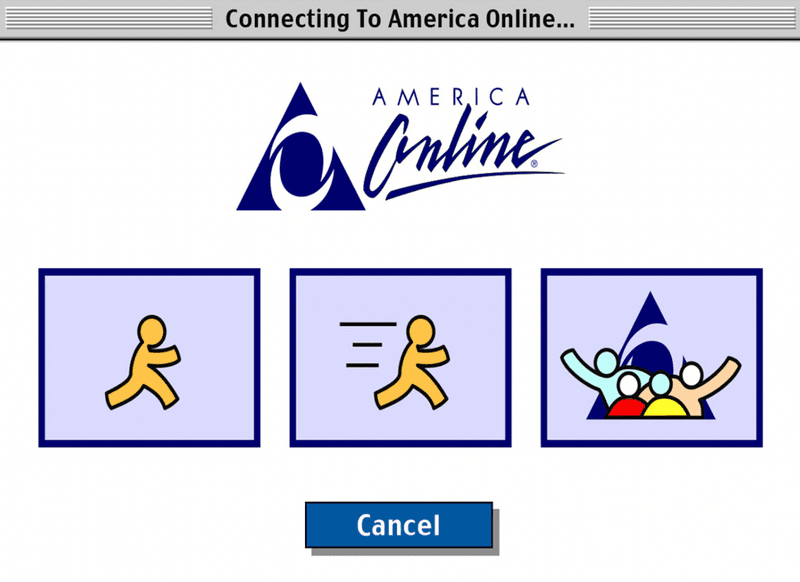
Logging on to AOL meant stepping into a new kind of social life. With its iconic dial-up sound and “You’ve Got Mail” greeting, America Online became the front door to the internet for millions.
AIM (AOL Instant Messenger) revolutionized how people communicated. Screen names, away messages, and chat rooms became daily rituals for teens and adults alike. It was the first time people could talk in real time across vast distances, laying the groundwork for the social media era that followed.
14. The Beanie Babies Craze

Stuffed animals turned into speculative investments overnight. Beanie Babies, once innocent toys, became collectibles with price tags in the thousands—at least for a while.
People stood in line for new releases, hoarded rare editions, and believed they were building fortunes. Stores sold out within hours, and even McDonald’s got in on the hype. While the bubble eventually burst, the craze remains a textbook example of how marketing, scarcity, and emotion can fuel consumer mania.
15. The X-Files and the Rise of Conspiracy Pop Culture
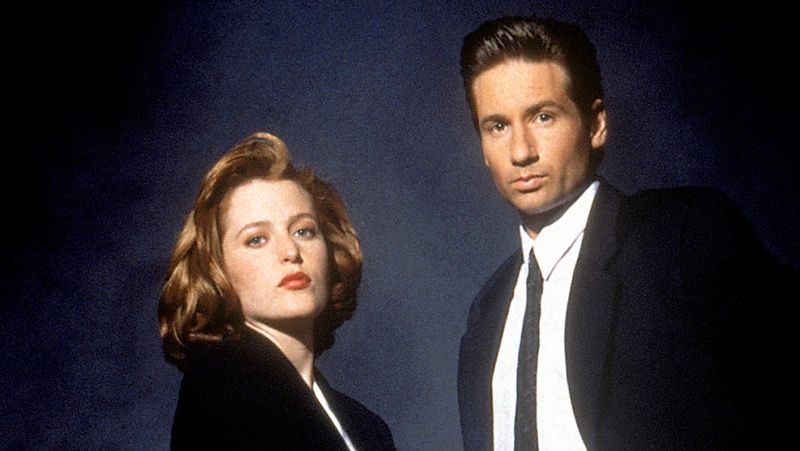
Truth wasn’t just out there—it was on primetime TV. The X-Files mixed science fiction with paranoia, tapping into a growing fascination with government secrecy and unexplained phenomena.
FBI agents Mulder and Scully became cultural icons, and phrases like “Trust No One” entered the public lexicon. The show mirrored real-world anxieties, feeding into suspicions about alien coverups, shadowy agencies, and mass surveillance. It wasn’t just entertainment—it was a reflection of growing mistrust in authority.
16. Pokémon Launches (1996)

A pair of Game Boy cartridges changed the world. When Pokémon Red and Blue hit shelves in 1996, kids everywhere caught the fever—and Pikachu became an icon overnight.
Cards, TV shows, movies, toys—the franchise exploded into every corner of pop culture. Its “Gotta Catch ’Em All” slogan became a battle cry for an entire generation. Pokémon wasn’t just a fad; it created a multimedia empire that’s still going strong nearly three decades later.
17. Columbine High School Shooting (1999)
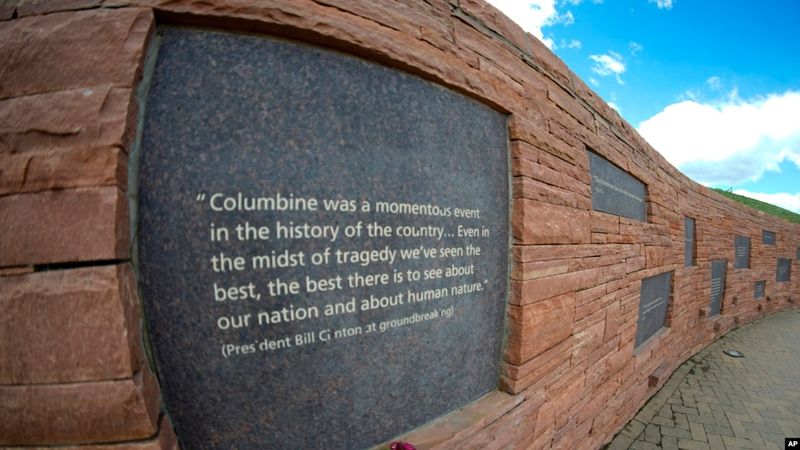
Tragedy struck when two students carried out a deadly school shooting in Littleton, Colorado. The Columbine massacre shocked the nation and sparked a painful national reckoning.
Discussions about gun control, school safety, mental health, and media influence dominated headlines. It changed the way schools operated and forever altered the national conversation about youth violence. For many, it marked the end of the ’90s innocence and the beginning of a more cautious era.
18. The Macarena Craze
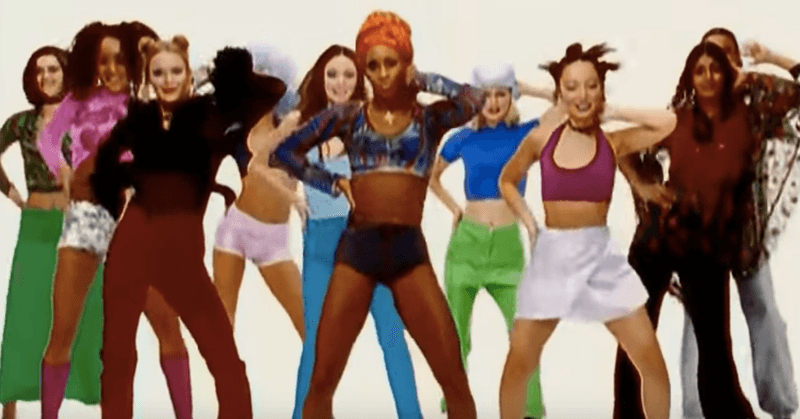
Dance floors around the world echoed to a Spanish beat. “Macarena,” by Los Del Río, became a global sensation—played at weddings, parties, and even political events.
Everyone knew the steps, whether they admitted it or not. The song spent 14 weeks at number one in the U.S., and its catchy rhythm made it a go-to crowd-pleaser. It may be cheesy in hindsight, but at the time, it was pure, unstoppable fun.
19. Bill Gates Becomes the Face of Tech
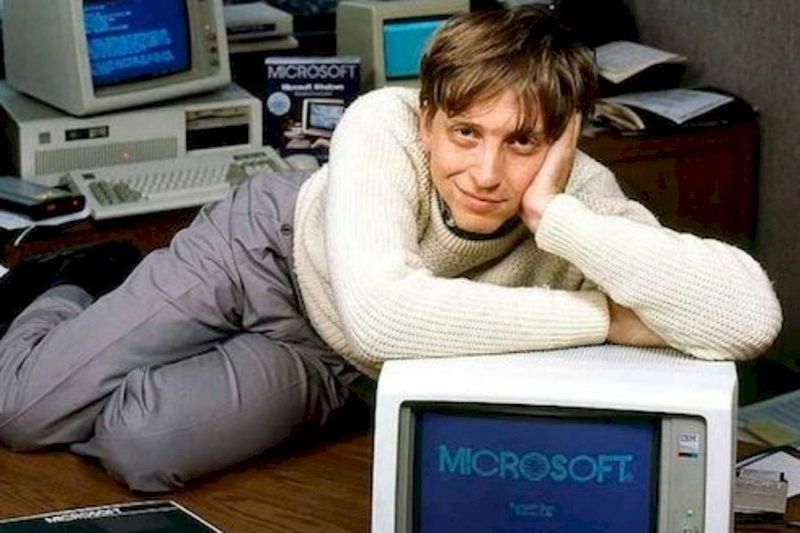
Microsoft’s rise in the ’90s made Bill Gates the world’s richest man and an emblem of the tech age. Windows 95 brought computing to the masses, and Gates’s vision of “a computer on every desk” began coming true.
More than a CEO, he became a symbol of innovation and ambition. His success inspired a generation of entrepreneurs and cemented software as a key pillar of the new economy. The nerd was now king—and the digital revolution had its face.
20. Harry Potter Is Published (1997)
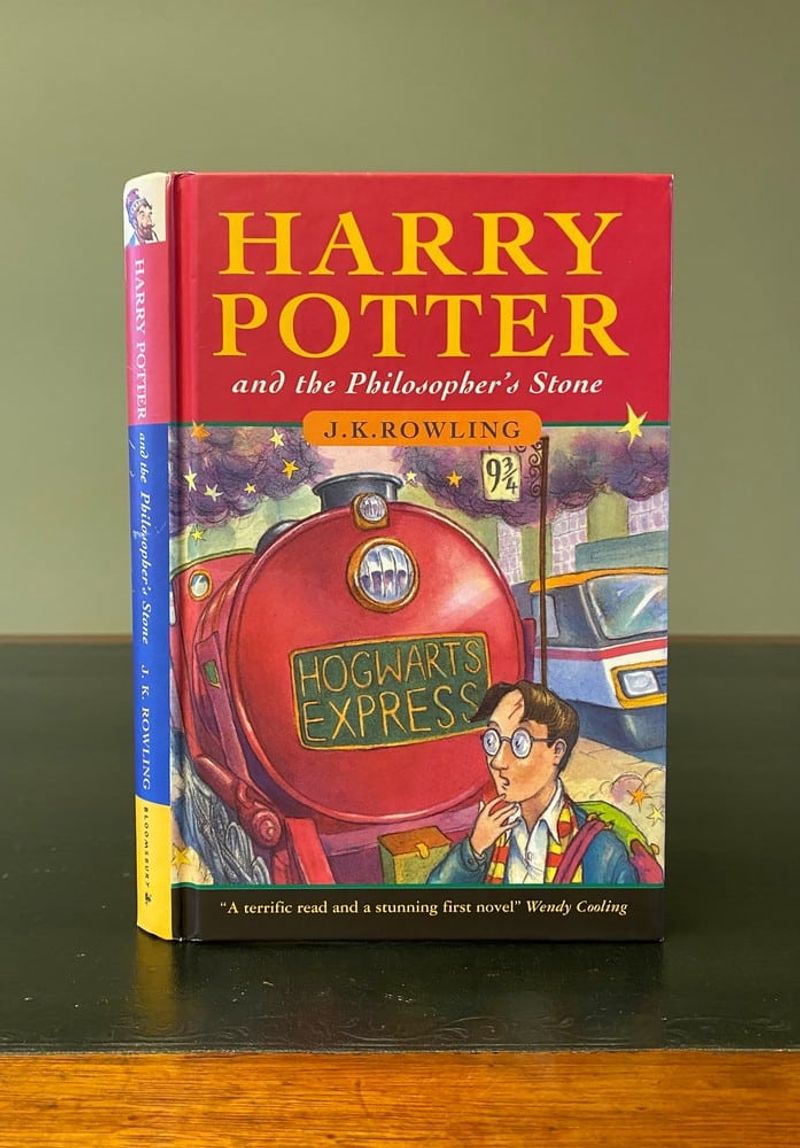
A little boy living under the stairs captured the world’s imagination. When Harry Potter and the Philosopher’s Stone (or Sorcerer’s Stone in the U.S.) was published, few could have predicted the cultural juggernaut it would become.
J.K. Rowling’s wizarding world sparked a new love for reading among children and adults alike. Midnight book releases, movie adaptations, and theme parks followed. It redefined what a modern book franchise could be and proved that magic still had a place in the modern world.

Comments
Loading…